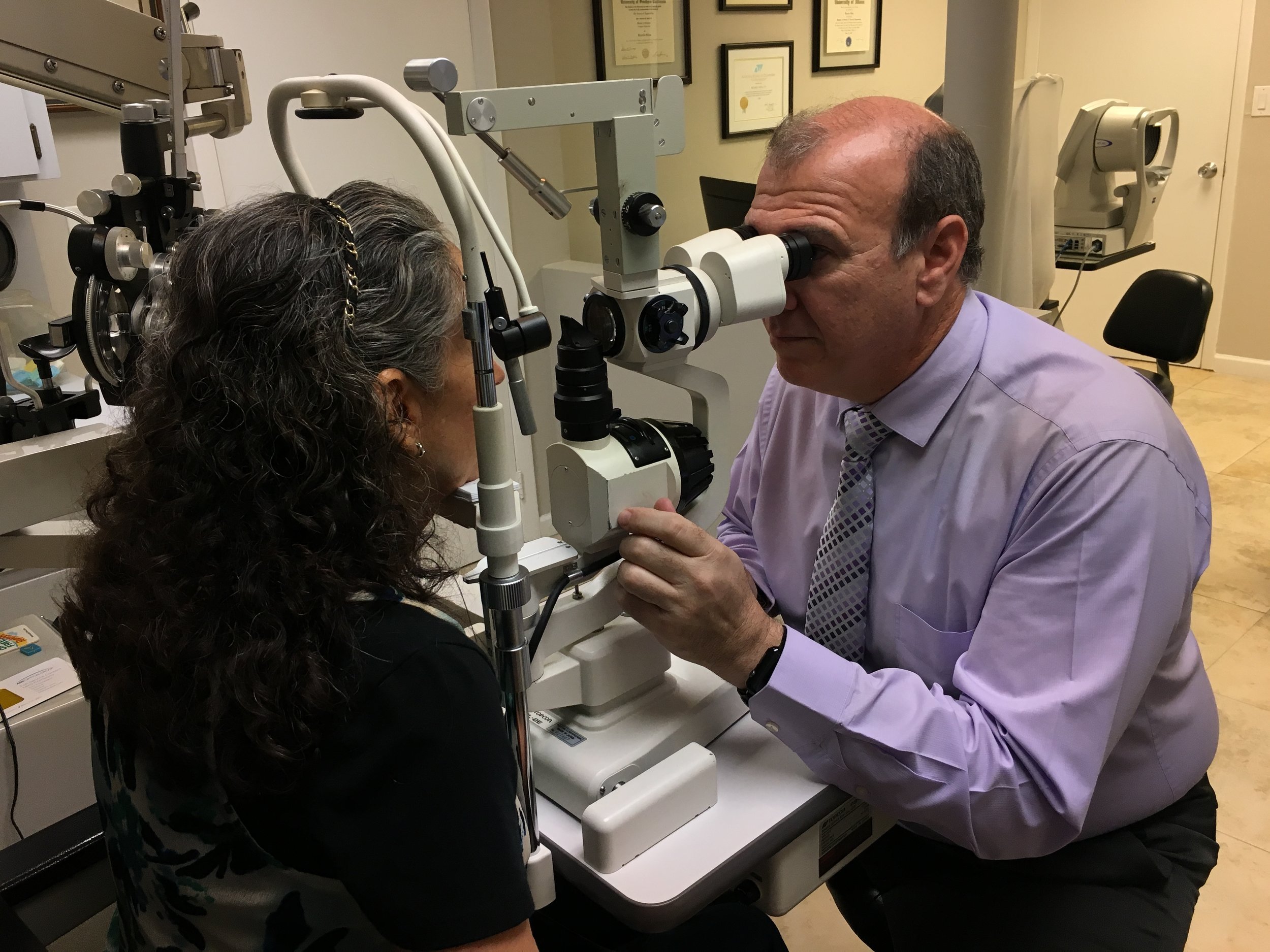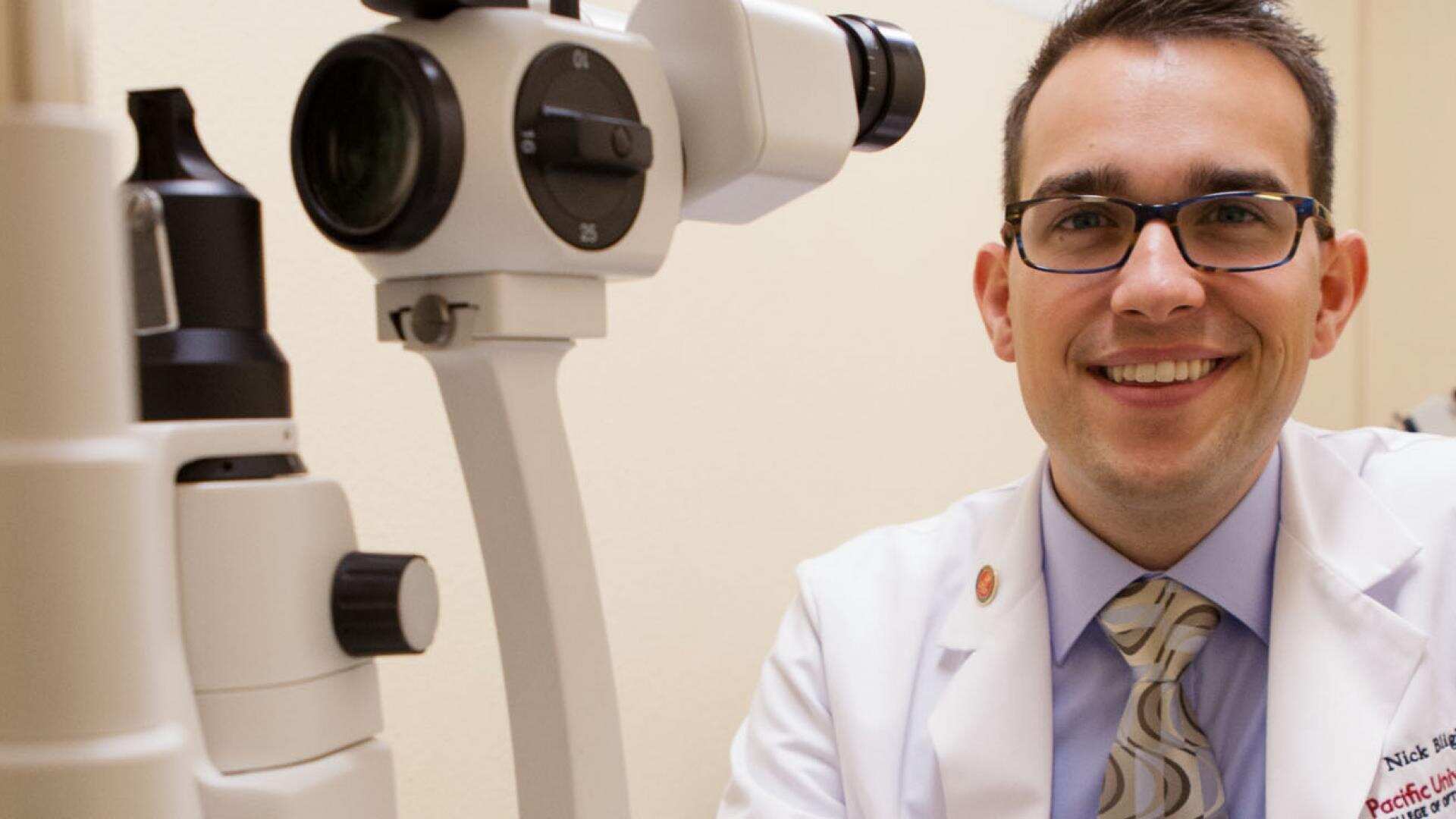Find a Trusted Optometrist Chino for Family Eye Treatment Solutions
Find a Trusted Optometrist Chino for Family Eye Treatment Solutions
Blog Article
Exploring the most up to date Technological Improvements in Optometry and What They Mean for Eye Doctors
In the ever-evolving field of optometry, recent technical developments are improving just how practitioners come close to eye care. From the accuracy of Optical Comprehensibility Tomography to the nuanced understandings used by AI-driven diagnostic tools, these advancements are setting new criteria in patient evaluation and treatment. Teleoptometry is poised to redefine ease of access, making certain that competence goes beyond geographical restrictions. As these advancements penetrate the practice, optometrists are confronted with the obstacle of embracing these tools to boost client end results. The question stays: exactly how will these technical shifts redefine the roles and obligations within the career?
Technologies in Diagnostic Tools
Progressing the area of optometry, innovations in diagnostic tools have changed the way eye care professionals examine and identify ocular problems and aesthetic disabilities. The past years has seen considerable technological advancements, making it possible for more thorough and precise examinations. Optical Comprehensibility Tomography (OCT), for instance, provides high-resolution cross-sectional photos of the retina, permitting the very early discovery of illness such as glaucoma and age-related macular degeneration. This non-invasive imaging method has actually ended up being vital in modern optometric method.
An additional secret development is the intro of sophisticated corneal topography systems, which map the surface area curvature of the cornea with precision. These tools are especially beneficial for suitable contact lenses and detecting corneal disorders. In addition, digital retinal imaging has actually transformed typical ophthalmoscopy, offering thorough, scenic sights of the retina that promote extensive visual exams.
The growth of wavefront aberrometry has also been important, making it possible for the analysis of refractive mistakes with unparalleled precision (Eye Doctor Optometrist). This innovation helps in customizing corrective lenses and enhancing surgical results for refractive surgical treatments. Collectively, these diagnostic developments equip optometrists to supply premium patient care, ensuring very early treatment and customized therapy approaches, eventually boosting visual health and wellness outcomes
AI in Individual Administration
Structure on the structure of advanced diagnostic devices, the unification of expert system (AI) in person administration represents a transformative jump for optometry. AI systems are increasingly employed to boost efficiency, accuracy, and personalization in person care. By assessing vast quantities of data, AI can identify patterns and anticipate prospective ocular problems, allowing eye doctors to tailor interventions better. This ability is vital in taking care of chronic eye conditions such as glaucoma and diabetic retinopathy, where very early discovery and continuous tracking are essential.
Additionally, AI-driven platforms promote structured client interactions and administrative processes. Automated organizing, virtual assessments, and customized follow-up plans not just boost individual fulfillment but additionally enhance time monitoring for experts. These systems can triage people based on the urgency of their conditions, guaranteeing that those in critical need obtain prompt focus.
Additionally, AI improves decision-making by supplying eye doctors with evidence-based referrals and therapy pathways. By integrating information from electronic health and wellness documents, AI devices use understandings that educate professional choices, reducing the risk of errors and boosting person end results. As AI remains to develop, its duty in patient monitoring will likely expand, improving the landscape of optometric care.
Developments in Retinal Imaging
In the world of optometry, retinal imaging has actually experienced remarkable technical advancements that are improving diagnostic capabilities and client treatment. Technologies such as Optical Comprehensibility Tomography (OCT) and fundus digital photography have actually changed just how eye doctors visualize and evaluate the retina. OCT, specifically, supplies high-resolution, cross-sectional images of the retina, allowing for the in-depth examination of its layers. This ability is vital for early discovery and management of problems like glaucoma, diabetic person retinopathy, and age-related macular degeneration.
Boosted imaging modalities like OCT angiography are more refining diagnostic accuracy. Eye Doctor. Such innovations assist in the identification of minute retinal adjustments that can symbolize illness progression.
In addition, advancements in expert system are boosting retinal imaging by allowing automatic evaluation of huge datasets. These systems help eye doctors in identifying patterns a sign of pathology, consequently enhancing analysis precision and performance. Jointly, these developments are changing retinal imaging right into a keystone of modern-day eye care, boosting outcomes and broadening therapeutic opportunities.
Teleoptometry's Expanding Function
Teleoptometry is significantly becoming an essential part of eye care, driven by developments in electronic communication and analysis tools. This is especially helpful in underserved and rural areas where access to specialized eye treatment is commonly limited.
The integration of man-made knowledge (AI) This Site further enhances teleoptometry, allowing the analysis of aesthetic data and assisting in the detection of ocular problems such as glaucoma and diabetic person retinopathy. AI-powered formulas can swiftly interpret intricate imaging information, supplying eye doctors with valuable understandings that reinforce medical decision-making.
Furthermore, teleoptometry sustains continuity of care via seamless integration with digital read health and wellness records (EHRs), enabling eye doctors to preserve comprehensive client histories. This ensures that patients receive personalized and consistent treatment also when seeking advice from different experts.
Despite these advantages, challenges continue to be, consisting of guaranteeing data safety and security and managing individual expectations. Teleoptometry stands for a considerable stride in the direction of even more accessible, effective, and patient-centered eye care. As modern technology advances, its duty is poised to expand further.

Future Trends in Eye Care
A myriad of ingenious patterns is readied to improve the future of eye treatment, driven by technological improvements and the progressing requirements of people. One substantial pattern is the combination of artificial intelligence (AI) in diagnostics, which assures to boost the accuracy and effectiveness of eye exams. AI formulas can examine large amounts of data from retinal photos, potentially discovering problems like diabetic person retinopathy and glaucoma earlier than typical techniques.
Additionally, personalized medication is getting traction in optometry, with hereditary screening notifying tailored therapy strategies. This strategy intends to optimize person outcomes by tailoring treatments to private genetic accounts. Wearable innovation, such as wise contact lenses, is additionally on the horizon, using real-time tracking of intraocular pressure or glucose degrees, hence providing continuous insights into systemic and eye health and wellness.
The adoption of increased fact (AR) and virtual fact (VR) in training and client education is an additional emerging pattern. These technologies provide immersive experiences that can boost understanding and skills both for eye doctors and patients. As these fads evolve, optometrists have to stay abreast of technical developments to give cutting-edge care, making sure improved person results and contentment in the dynamic landscape of eye care.
Conclusion

Jointly, these analysis developments empower eye doctors to deliver remarkable client care, ensuring very early intervention and customized treatment strategies, ultimately improving aesthetic health and wellness outcomes.

As these technologies proceed to advance, optometrists need to adjust and integrate them right into technique, ultimately enhancing operations effectiveness and boosting the standard of eye care supplied to patients.
Report this page